Worked examples are a standard part of Science teaching, right? Science teachers use them all the time.
Or do they?
I thought I did. I’d work through a question on the board, demonstrate how to answer it, and then let pupils attempt some similar questions. I thought that was enough, until I started looking into the research and how to really make the most of them. For many pupils the leap from a single worked example to independent practice is too great. We need to provide steps to carefully scaffold the transition.
Scaffolding and working memory
Worked Examples provide pupils with a structured, completed example of how to complete a task. The pupils have a chance to explore and understand a strategy before
putting it into action themselves. But the way we use worked examples can also add additional scaffolding to support them on their journey to independence.
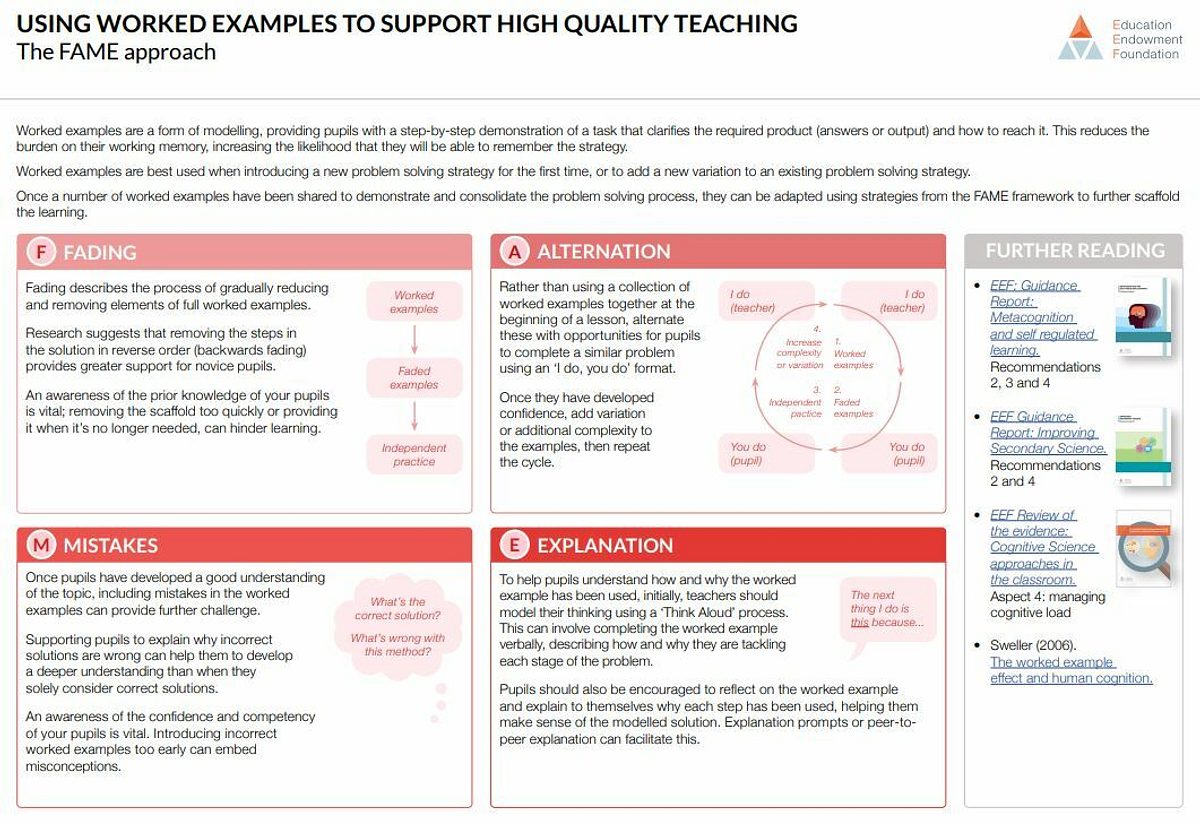
The FAME framework provides simple and effective strategies that help to support pupils with cognitive load and develop metacognitive thinking. Fading
allows the teacher to carefully remove scaffolding as pupils gain confidence. Alternation provides a way of sequencing worked examples and problems to reduce the burden on working memory.
The decision on when to alternate examples, how much and how fast to fade, requires carefully considering both the curriculum and the needs of the pupils in front of you. For instance, my Year 11 pupils require fewer faded examples when tackling acceleration calculations, as they’ve already had plenty of experience solving calculations earlier in the curriculum.
Fading
Once pupils have had an opportunity to study worked examples (ideally modelled by the teacher using the Think Aloud process) it can be helpful to provide pupils with faded (or partial) worked examples. Research suggests it may be better to fade backwards[i]; take a completed worked example and remove some of the later stages for the pupils to complete independently.
The aim is to fade at an appropriate pace so that the leap from worked example to independent practice isn’t too great.
For instance, the Speed = Distance/Time examples below fades backwards. Example 1 requires substituting one value and solving. Example 2 is harder, requiring the pupil to identify values, as well as substituting and solving.
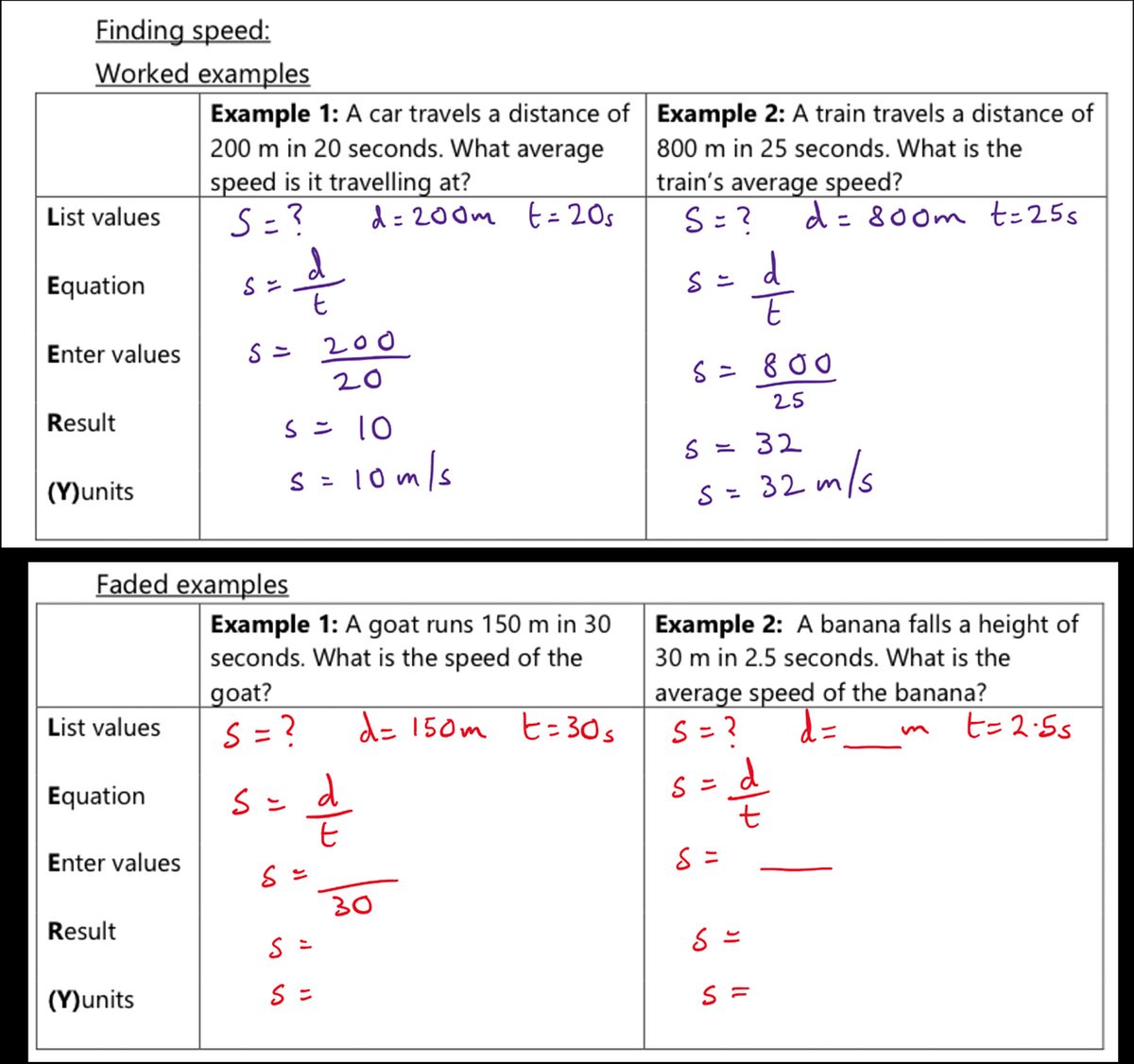
In the refraction faded examples below, pupils are first supported in deciding which direction (towards or away from the normal line) the rays should refract, before then completing more of the ray diagram.
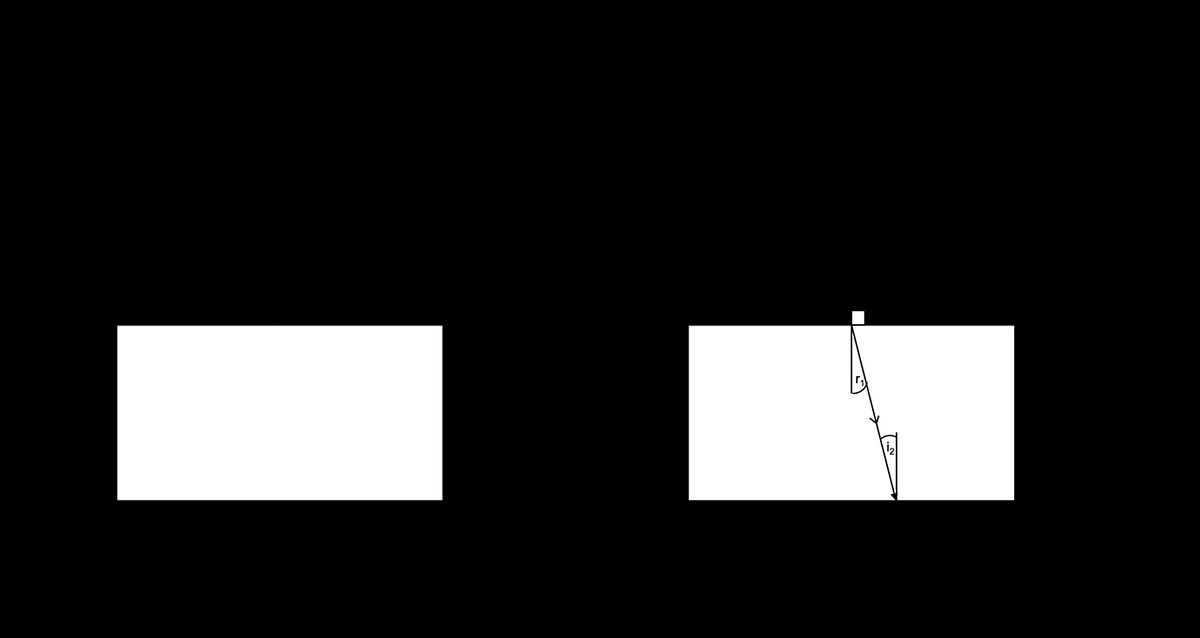
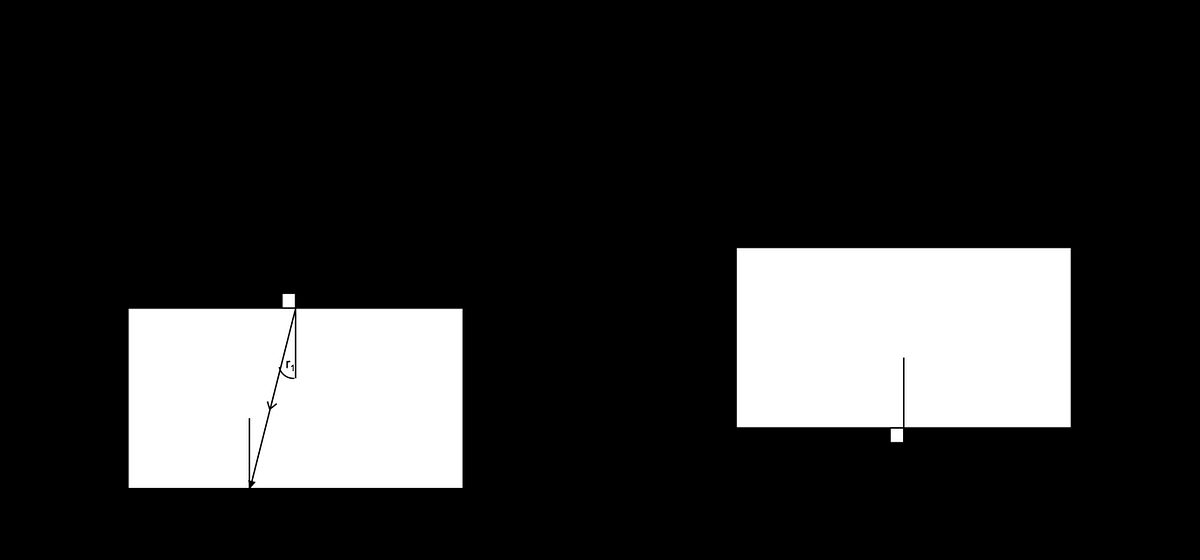
Alternation
Any change in the procedure, introduction of a new stage or a significant increase in difficulty can add to cognitive load. At this stage it can be helpful to return to Worked Examples again to provide a scaffold, and then fade to independent practice.
When planning it helps to have the end target in mind. What is the most difficult problem I would want the pupils to be able to solve? What is the component knowledge/skills that they would require? Then scaffold backwards, providing them with opportunities to master the components and build towards your final goal.
In the image below, when learning how to solve specific heat capacity calculations the pupil experiences worked examples, faded examples and independent practice for calculating thermal energy. This is then repeated for (the more challenging) mass and temperature change calculations.
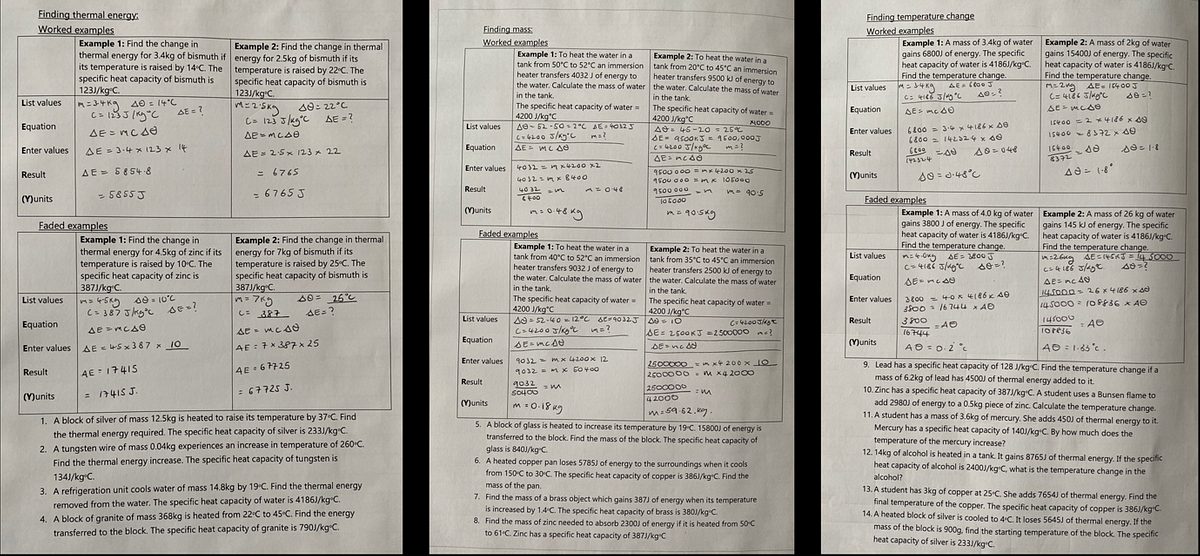
Since adding fading and alternation my pupils have gained confidence in tackling new learning and they have been more successful in remembering new scientific procedures. It may take a little more time initially, but it’s been a worthwhile investment. For pupils in the initial stages of learning, enhancing worked examples in this way can have tangible benefits[ii].
[i] Alexander Renkl & Robert K. Atkinson (2003) Structuring the Transition From Example Study to Problem Solving in Cognitive Skill Acquisition: A Cognitive Load Perspective, Educational Psychologist, 38:1, 15 – 22,DOI: 10.1207/S15326985EP3801_3
[ii] Perry, T., Lea, R., Jørgensen, C. R., Cordingley, P., Shapiro, K., & Youdell, D. (2021). Cognitive Science in the Classroom. London: Education Endowment Foundation (EEF).
